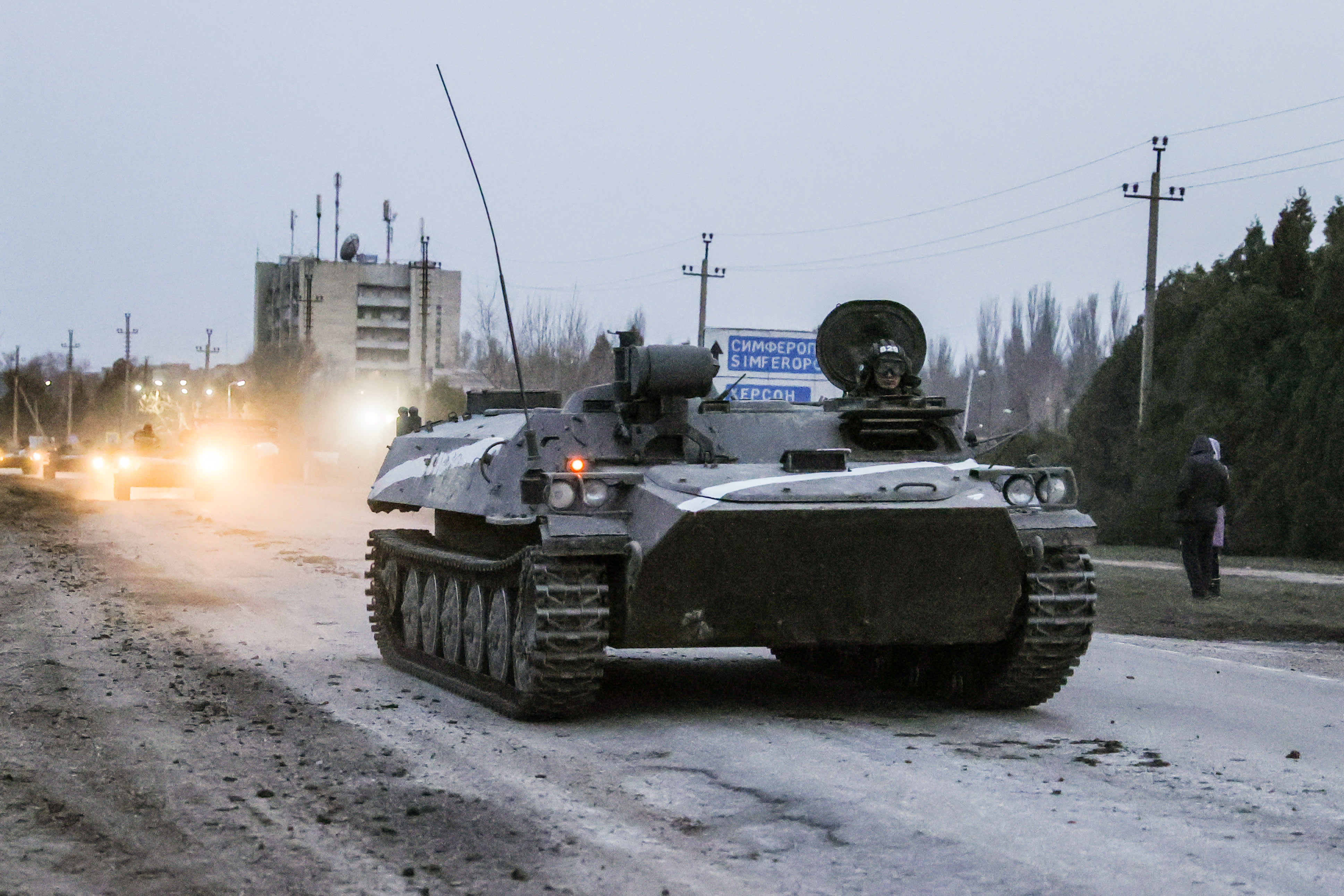More On: market
How War and Peace Have Changed the Currency Markets
Bored Ape Yacht Club (BAYC) Flips CryptoPunks in the NFT All-Time Sales Ranking
Mark Cuban's promotion of Voyager Digital is sued
ARK Invest sells $75M in Coinbase shares owing to poor performance
The crypto cold has not dampened the VC industry's thirst for investment
After Moscow started a large-scale offensive on Ukraine early Thursday, Bitcoin donations to the Ukrainian army have skyrocketed.
According to new statistics from blockchain analytics firm Elliptic, approximately $400,000 in bitcoin was contributed to Come Back Alive, a Ukrainian nonprofit group that supports the armed forces, in a 12-hour period on Thursday.
According to Elliptic, the new round of crypto donations builds on a trend witnessed in previous weeks, in which hundreds of thousands of dollars have rushed into Ukrainian NGOs and volunteer groups attempting to stave off a Russian invasion.
Activists have used the cryptocurrency for a number of objectives, including providing military weapons, medical supplies, and drones to the Ukrainian army, as well as supporting the creation of a face recognition tool to determine whether someone is a Russian mercenary or spy.
"With the implicit sanction of governments, bitcoin is increasingly being used to crowdfund war," said Tom Robinson, chief scientist of Elliptic, which offers blockchain analytics tools to banks and cryptocurrency platforms.
Unrestricted and unaffected by censorship
Volunteer organizations have traditionally supplemented the military's efforts in Ukraine by providing additional resources and people. Volunteers stepped up to help demonstrators after pro-Russian Ukrainian President Viktor Yanukovych was deposed in 2014.
Typically, individual contributors provide money to these groups via bank transfers or payment applications. Cryptocurrencies like bitcoin, on the other hand, have grown in popularity as a way to avoid banking institutions that may prohibit transfers to Ukraine.
According to Elliptic, volunteer groups and NGOs have raised over $1 million in bitcoin, however that number is rapidly rising as donations pour in despite Russia's newly initiated attack.

Over the previous year, the Ukrainian Cyber Alliance has received about $100,000 in bitcoin, litecoin, ether, and a variety of stablecoins. According to Elliptic, Alliance activists have been launching cyberattacks against Russian targets since 2016.
Pro-Russian rebels, on the other hand, have been using bitcoin to raise donations from the beginning of the conflict.
According to Boaz Sobrado, a London-based fintech data researcher, some Russian authorities said they weren't closing down opposition bank accounts for fear of "pushing them towards crypto fundraising, which is a lot tougher to control."
Sobrado said that crypto fundraising for unpopular causes has a lengthy history, ranging from Wikileaks to Russian opposition figure Alexei Navalny, who has also raised donations in bitcoin.
Ukraine has also made national moves to welcome cryptocurrency.
President Volodymyr Zelenskyy and the Ukrainian parliament recently agreed on a bill to legalize and regulate cryptocurrencies. The bill goes a long way toward lifting cryptocurrency out of the legal limbo it presently occupies, albeit it falls short of El Salvador's law, which made bitcoin legal cash in September.
Zelenskyy mentioned Ukraine's budding "legal innovative market for virtual assets" as a selling point for investment during an official state visit to the United States in August 2021, and Minister of Digital Transformation Mykhailo Fedorov said the country was modernizing its payment market so that its national bank could issue digital currency.
However, a war with Russia may derail all of those ambitions.
** Information on these pages contains forward-looking statements that involve risks and uncertainties. Markets and instruments profiled on this page are for informational purposes only and should not in any way come across as a recommendation to buy or sell in these assets. You should do your own thorough research before making any investment decisions. All risks, losses and costs associated with investing, including total loss of principal, are your responsibility. The views and opinions expressed in this article are those of the authors and do not necessarily reflect the official policy or position of USA GAG nor its advertisers. The author will not be held responsible for information that is found at the end of links posted on this page.
















